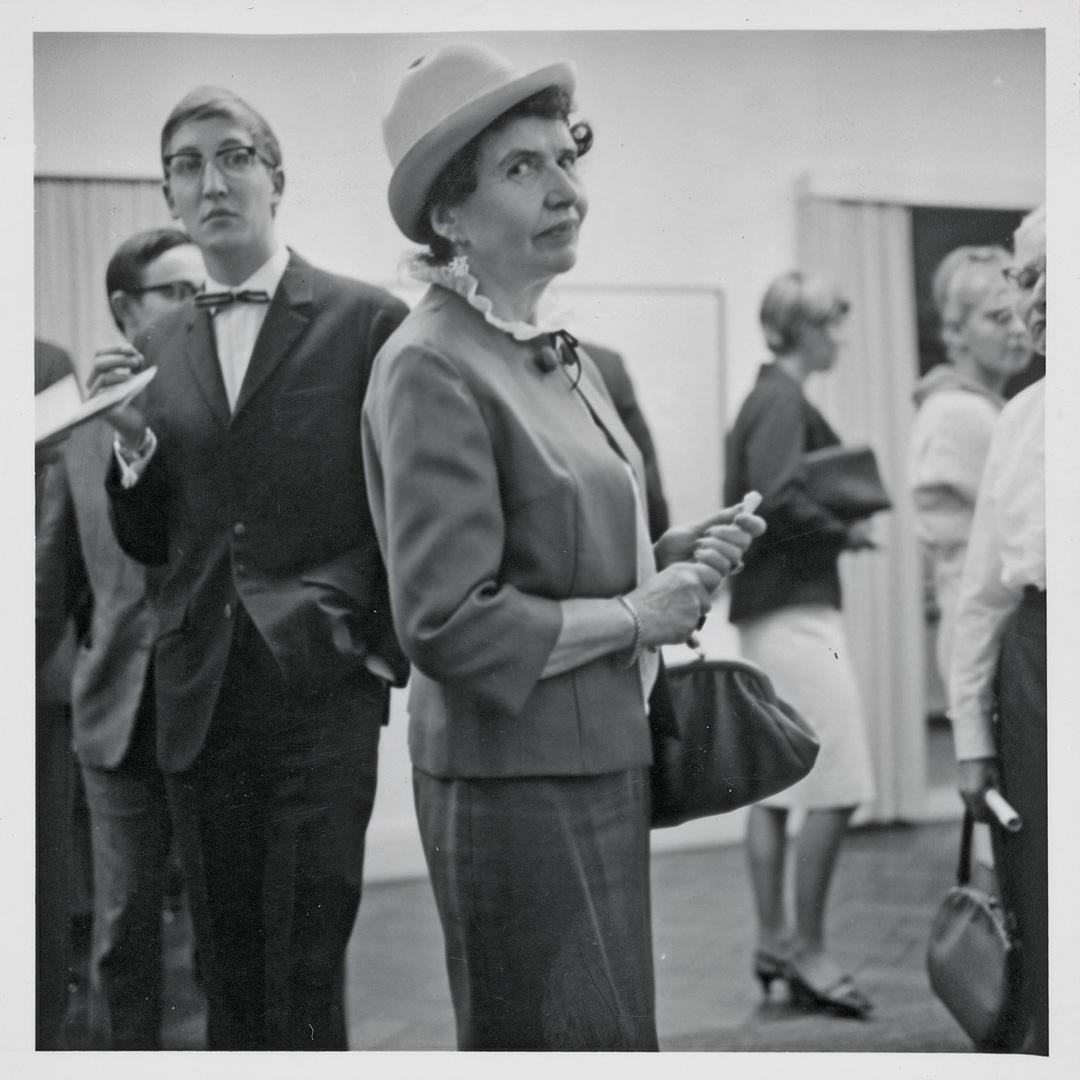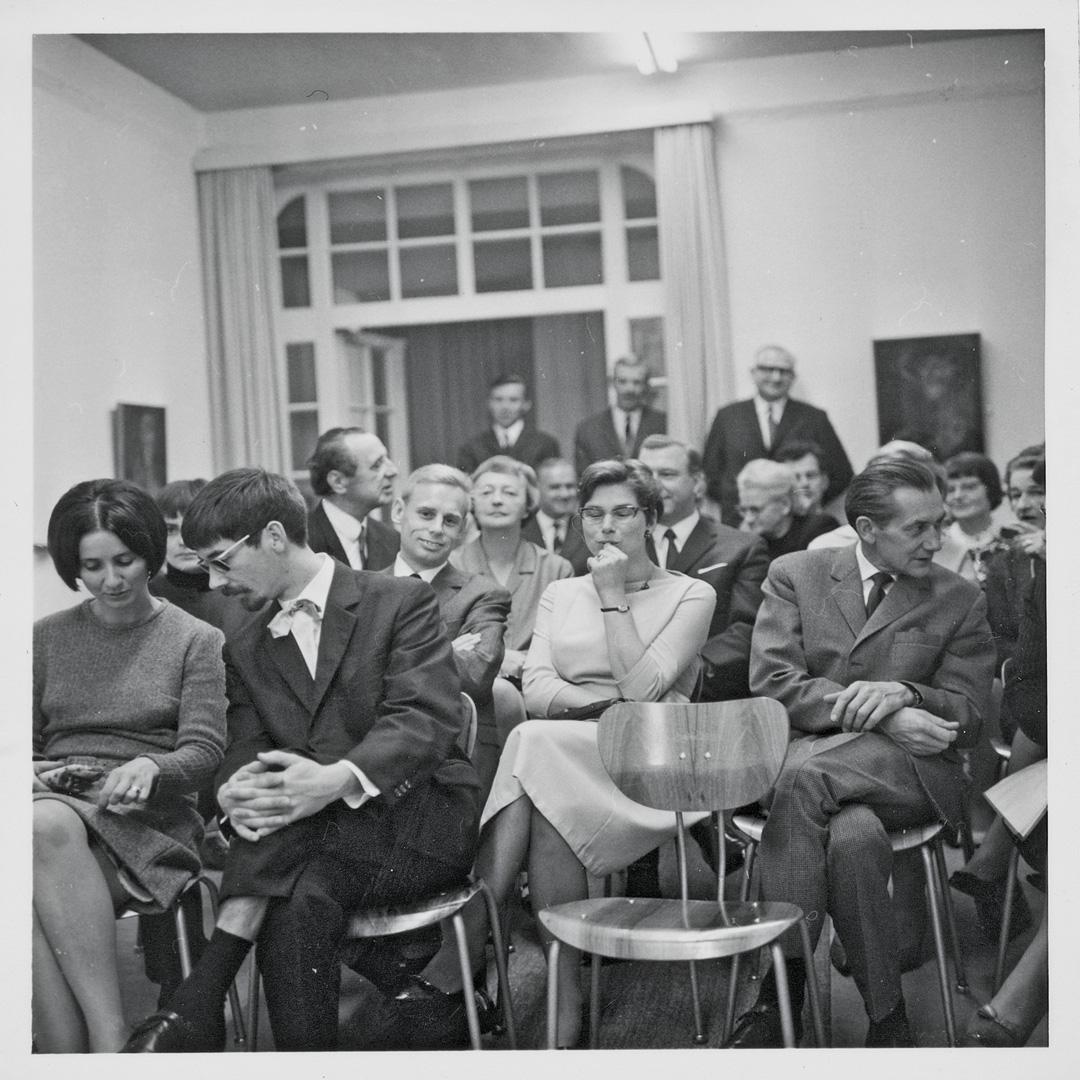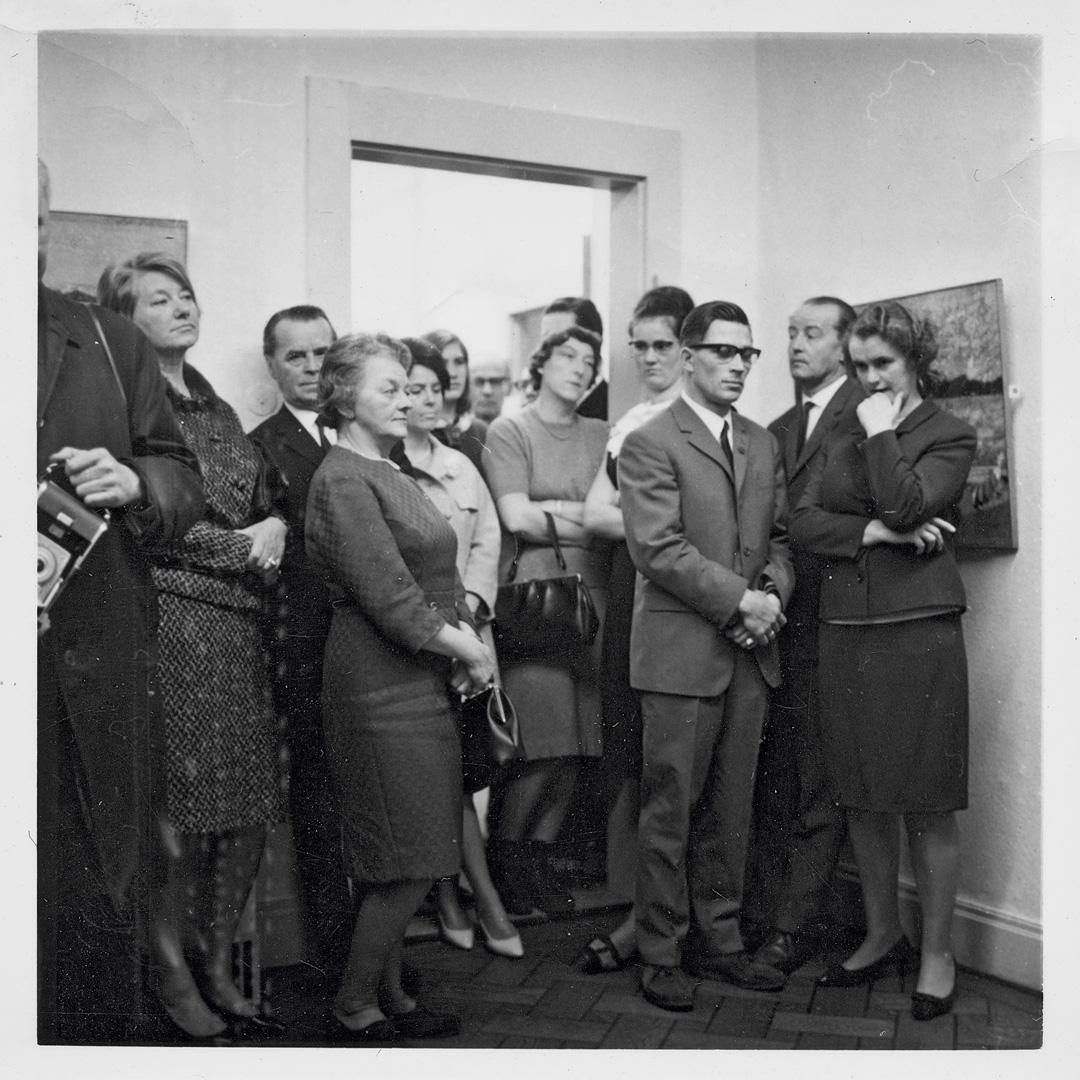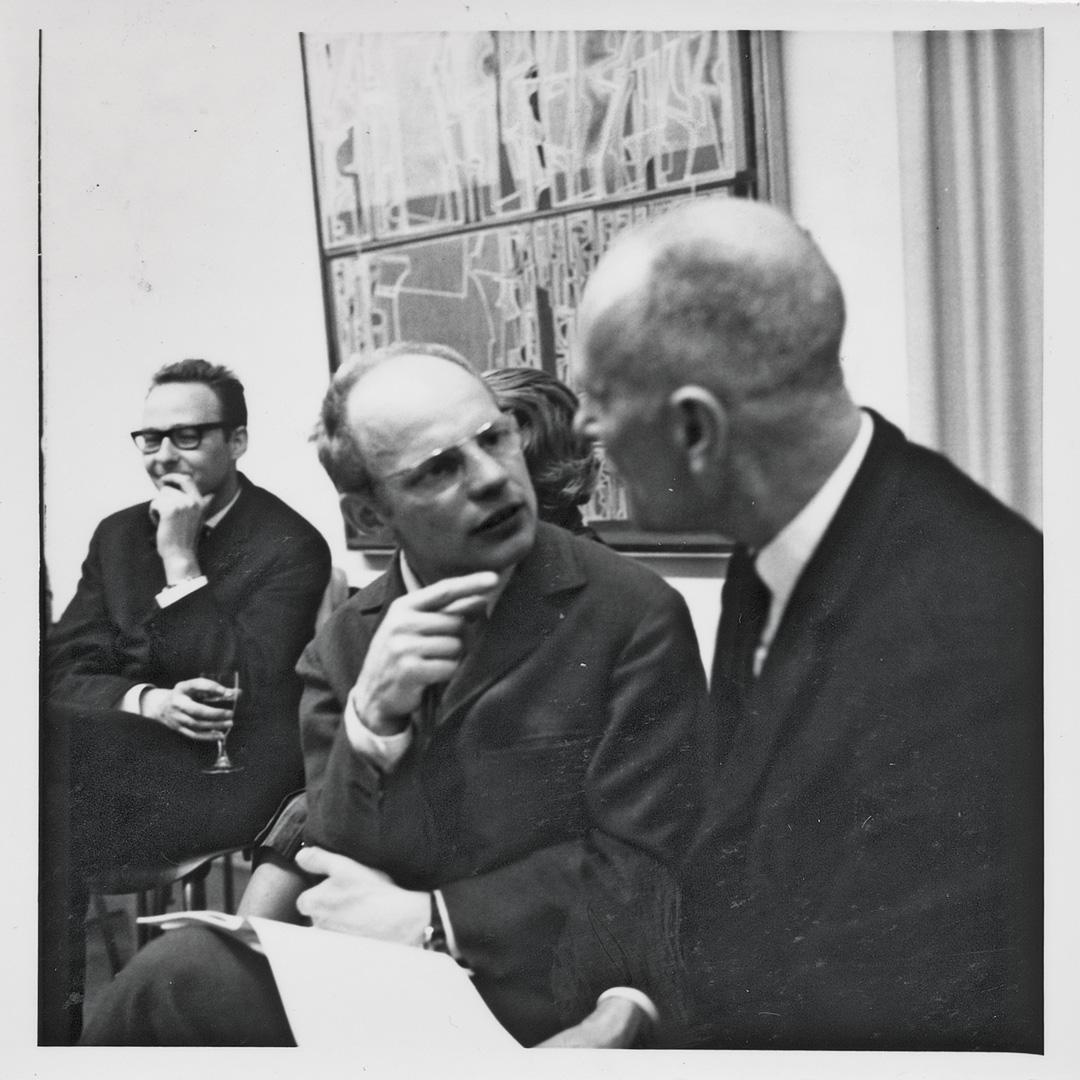Städtische Galerie Delmenhorst

On 17 May 1974, the Städtische Galerie Delmenhorst celebrated the opening of its first exhibition: Profitopolis oder Der Mensch braucht eine andere Stadt. The show focused on the increasing commercialisation of urban space. It was a starting point which immediately made clear that the venue would be about both an appreciation of culture as well as topical social discussions.
Haus Coburg is still dedicated to contemporary art today. Focused solo exhibitions often enable younger artistic positions to be presented for the first time in a substantial way. Specially curated shows allow visitors to engage with socially relevant topics. At the same time, the institution continues to build the city’s collection of modern and contemporary art.
The collection, exhibitions and art education form a common field of activity at Haus Coburg. Shaped by this connection, we develop a cultural programme which seeks to reflect on the present from a wide range of viewpoints.
History
1904
The villa

‘As we all know, but very often (...) disregard, a city’s reputation depends to a large extent, indeed almost exclusively on the visual impression and charm of its squares and streetscapes, on its design and form’. Heinz Stoffregen 1927
Heinz Stoffregen (1879 Hanover – 1929 Bad Tölz) was 25 years old when he designed Haus Coburg in 1904. It was the second building he realised as an architect and it was to become his calling card for creating other projects which shaped Delmenhorst’s cityscape. Such urban landmarks designed by Stoffregen include the water tower, the town hall and the market hall. In 1904, this development could not have been foreseen. Dr. Hermann Coburg had commissioned him to design a family home that would accommodate a doctor’s office as well as elegant spaces which could be used for evening cultural events.
In 1898, Hermann Coburg moved from Blumenthal to Delmenhorst, where he set up his practice as a general doctor. In addition to his private practice, he provided medical care for the Hanseatische Jutespinnerei, a spinning mill, and later became chief physician at the medical clinic of the Norddeutsche Wollkämmerei, a wool combing mill. His marriage to Annita Hengst in 1902 was likely the catalyst for building a home of his own. In 1905, the already inhabited villa was the setting for a concert celebrating the christening of his second daughter. In the first half of the 20th century, concerts were the most frequent occasion for social gatherings at Villa Coburg. An adept pianist, Hermann Coburg formed part of the Trio Coburgini along with chamber musicians Wilhelm Kufferath and Heinrich Düsterbehn from Oldenburg. This tradition was continued by his son, Hermann Coburg Junior, who took over his father’s medical practice in 1934.
1961 – 1971
galerie pro arte
‘Our city has discovered its heart’, remarked Berthold von Seebach, head of the cultural department, with regard to Haus Coburg and its status as a new exhibition venue in Delmenhorst. This was preceded by a major event on 4 November 1961: Hermann Coburg Junior opened the doors of the galerie pro arte for the first time. He presented works by Fritz Stuckenberg, an artist defamed under National Socialism, who died in 1944 and did not live to see the renewed interest in his diverse artistic practice.
Hermann Coburg (1903 Delmenhorst – 1979 Rethorn) completed his medical studies in the cultural metropolises of Berlin, Vienna and Munich. He then lived in New York City for five years, where he became acquainted with homeopathy before setting up his medical practice in Delmenhorst in 1933. He professionalised the cultural events that his family had cultivated. During the post-war period, many exhibition venues in Germany struggled with the destruction to their buildings and a loss of works. The first important appearance of contemporary art in the Federal Republic of Germany took place in 1955 in the ruins of post-war Kassel, where documenta was part of the supporting programme of the national garden show. In 1961, the private gallery in Delmenhorst was not only a great asset for the public, it was also an important place for artists to present their works publicly.
The art presented at the galerie pro arte was international and abstract. Works from Spain, Italy, Norway, Denmark, France, Belgium and Greece were on display. Hermann Coburg used his contacts to partner with the Landesmuseum Oldenburg, enabling him to put on important modernist exhibitions featuring artists such as Pablo Picasso and Henri Matisse, Max Beckmann, Max Liebermann and Edvard Munch. But he also took great interest in regional artists and devoted high-profile shows to Marianne Mangels, Willi Oltmanns, Josef Pollak and Fritz Fuhrken, for example. When he offered Villa Coburg to the city after ten years of operations as a gallery, he had organised 70 exhibitions.
1973
Städtische Galerie Delmenhorst

The purchase agreement between the city of Delmenhorst and Hermann Coburg was signed in February 1973. For 375,000 DM, payable partly in cash and as a life annuity, Haus Coburg became the property of the city. Discussions had already begun about the future use of the building, including potentially housing the health department or registry office. On 27 June 1973, this question was on the cultural committee’s agenda. Hans Stephan, the head of the department, argued that Haus Coburg was about ‘finding a home for the fine arts’, while mayor Harald Groth took the position that Haus Coburg should not only serve the fine arts. It should also be a communications centre and there should also be the possibility of ‘setting up a music practice room in the basement’. Various options were considered before the idea of the Städtische Galerie, a municipial gallery, prevailed. Hans Stephan took over running the Galerie. He continued Hermann Coburg’s international focus for the exhibition programme, but concentrated on regional artists when acquiring art.



















